1. Basic Postulates
The Starting Point and Direction of Thinking
Traditional systems of logic have focused primarily on the laws and forms of thought, but Unification logic begins by considering, first of all, the starting point of thinking itself. Unification logic starts from the question as to why thinking takes place at all, and then examines the forms and laws of thought. Why does a human being think? The reason is that, prior to the creation of the universe, God engaged in thinking. That is, prior to the creation of the universe, God established the purpose of actualizing love based on Heart, and then made plans in accordance with that purpose. That constituted His thinking, or Logos (Word)
Accordingly, a human being, who is created in God’s likeness, establishes the purpose of actualizing love based on heart, and then proceeds to think in order to accomplish that purpose; that is the original way of human thinking. Purpose here refers to the “purpose for being created” which consists of the “purpose for the whole” and the “purpose for the individual.” The purpose for the whole is to serve, with love, one’s family, neighbors, nation, and all humankind, to please them, and moreover, to please God. The purpose for the individual is to satisfy one’s own desires. Ultimately, these dual purposes are the purposes for which the human being should live and for these purposes, the human being engages in thinking. Between the purpose for the whole and the purpose for the individual, the former should be given priority. Therefore, thinking is to be carried out primarily to actualize the purpose for the whole, and secondarily to actualize the purpose for the individual. Hence, the purpose for the individual is for the purpose for the whole. Thus, originally human beings are supposed to think not for the purpose of satisfying their own individual purpose, but for the purpose of loving others. This is the starting point, and the direction, of original thinking.
The Standard of Thinking
What is the standard of thinking? Just as Unification ontology and Unification epistemology find their foundation in the Original Image, so too, the system of Unification logic has its foundation in the original Image. Therefore, the standard of thinking is in the Original Image, and that is the logical structure of the Original Image; namely, the inner developmental four position foundation and the formation of Logos (plan). In other words, the standard of thinking is the harmonious give and receive action that takes place between the Inner Sungsang and Inner Hyungsang centering on the purpose based on Heart.
Related Fields
Another point that should be mentioned before proceeding to the main topic is the relationship between logic and other fields. Formal logic does not deal with the relationship with other fields. Then, in order to correct its deficiency, dialectical logic and transcendental logic appeared as its alternatives. In Unification logic, the starting point of thinking is the actualization of the purpose of creation based on God’s love, and its standard is the logical structure of the Original Image; therefore, there is a wide range of related fields. This is because the origin of thinking is God’s Word (Logos), or God’s plan, and every field of culture is established based on this plan.
In the Original Image, the inner developmental four position foundation, through which Logos is formed, is the first part of the “two-stage structure of creation.” Consequently, Logos, which is the Word, and at the same time a set of universal laws, functions in all created things. Similarly, logic is related to all other fields, since the inner developmental four position foundation (the logical structure) is related to the outer developmental four position foundation, in the formation of the two-stage structure of creation.
The inner four position foundation in the two-stage structure of creation becomes the logical structure, and the outer four position foundation becomes the structure of cognition, and the structure of dominion. The structure of cognition, which is the four position foundation in the acquisition of knowledge from nature, is formed in scientific research, and the structure of dominion is the four position foundation formed in production and practice, such as in industry, government, education, art, and so on. Thus, logic, which is based on the logical structure, is closely related to all other cultural fields, which are based on the structures of cognition and dominion.
Structure of the Original Image
Here, I can briefly review the structure of the Original Image. As explained before, the Original Image consists of the two stages of the inner and outer four position foundations. This structure is called the “two-stage structure of the Original Image.” The similar two-stage structure in created beings is called the “two-stage structure of existence.” Further, each of the inner and outer four position foundations assumes an identity-maintaining nature and a developmental nature, thus forming the identity-maintaining and developmental four position foundations. The inner and outer developmental four position foundations are called the “two-stage structure of creation.”
Since every created being is made in the likeness of these two-stage structures, every individual truth being possesses the “two-stage structure of existence” and the “two-stage structure of creation.” Therefore, in human beings, the structure of logic, structure of cognition, structure of existence, and structure of dominion all assume the two-stage structures; thus, every four position foundation formed in our daily lives necessarily assumes the two-stage four position foundation, or two-stage structure.
This also means that any field in which the formation of the inner four position foundation is emphasized, and any area in which the formation of the outer four position foundation is emphasized are in a complementary relationship to each pedagogy, and others, which are mainly related to the activity of dominion, thus focusing on the outer structure, are in a mutually complementary relationship. In conclusion, all the two-stage structures in human society derive from the two-stage Structure of the Original Image; therefore they are all interrelated (see fig. 10.10).
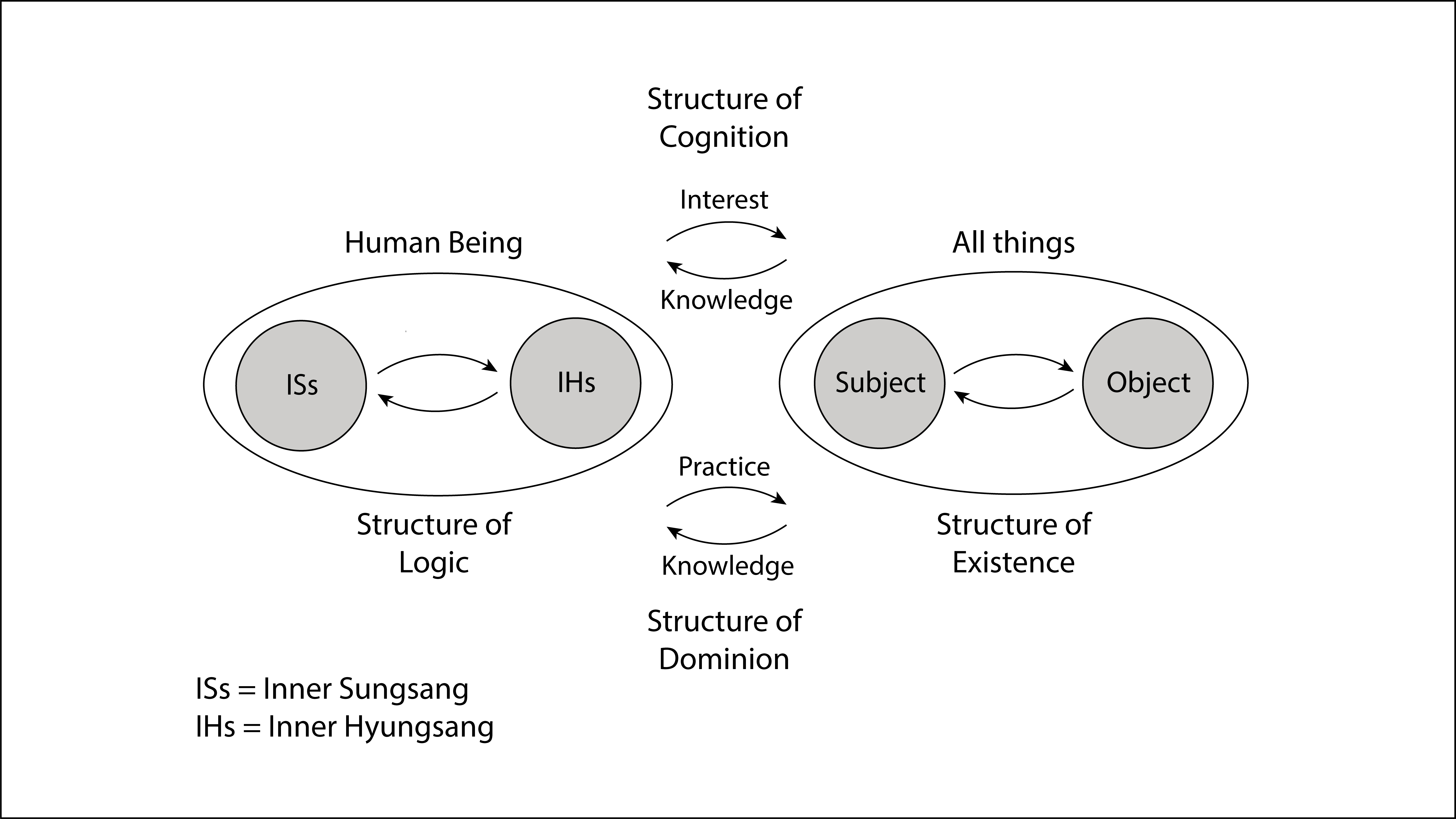
Fig. 10.10. Interconnectedness between the Structures of Logic, Cognition, Existence, and Dominion
2. Logical Structure of the Original Image
Let me now proceed to the main topic.
Structure of the Formation of Logos and the Inner Developmental Four Position Foundation
As already explained, logic is the science concerning the laws and forms of thinking. The foundation of Unification logic lies in the inner four position foundation in the Original Sungsang of God, especially the inner developmental four position foundation. Therefore, we have to examine how thinking is made in the inner developmental four position foundation.
As explained in the Theory of the Original Image, the Inner Sungsang of the inner developmental four position foundation refers to intellect, emotion, and will, and the Inner Hyungsang refers to ideas, concepts, laws and mathematical principles. In the inner developmental four position foundation, give and receive action takes place centering on purpose, which is established centering on Heart (love). That is to say, give and receive action takes place in order to actualize the purpose of Heart, whereby Logos or a plan is formed. Therefore, the plan formed is the plan for actualizing the purpose of love. This is the logical structure. Thus, the logical structure refers to the inner four position foundation of Logos which is formed through the inner give and receive action to actualize the purpose of love (see fig. 10.11).
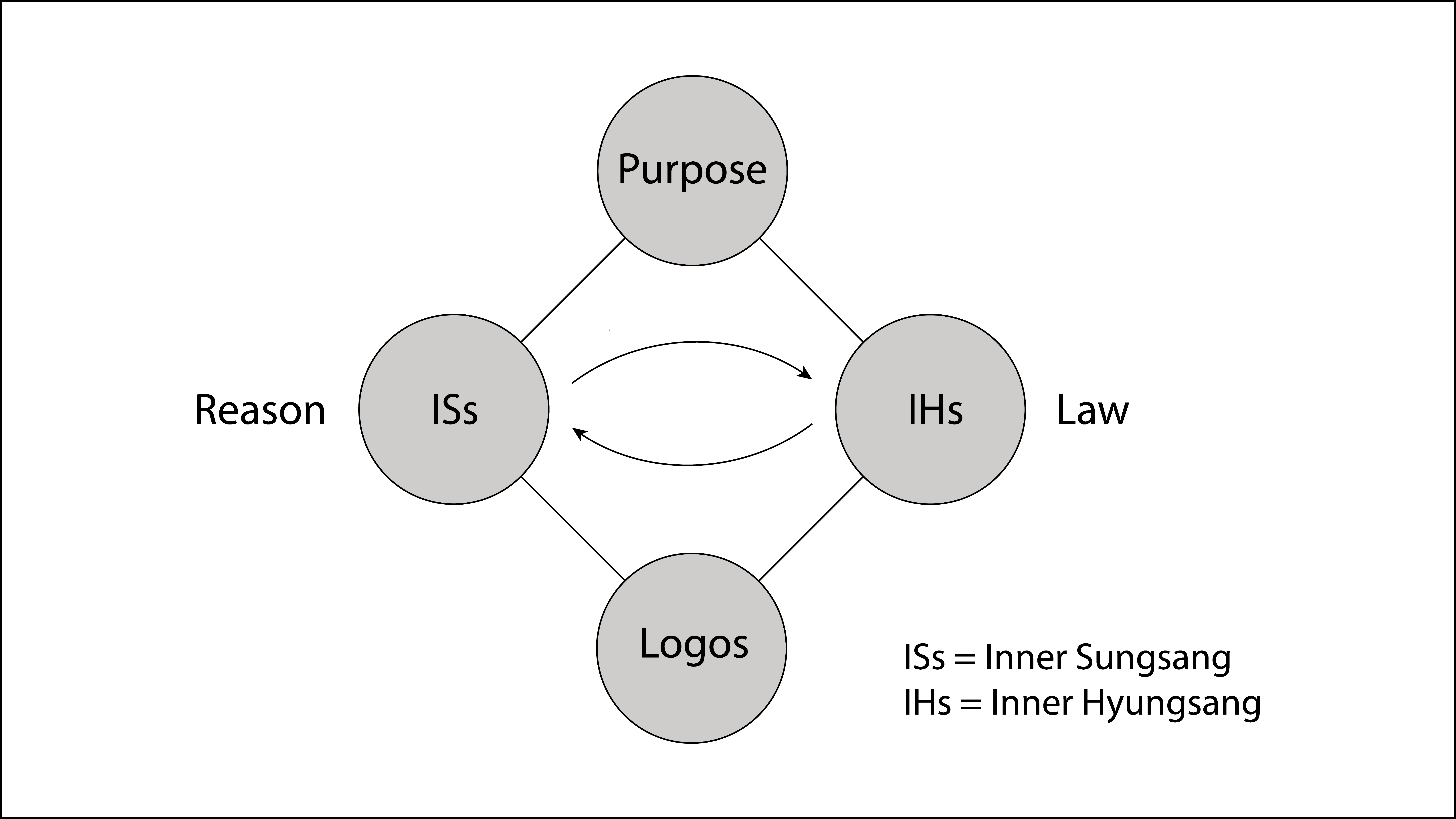
Fig. 10.11. Inner Deveiopmental Four Position Foundation
Human beings should also form inner four position foundations for the sake of actualizing the purpose of love, in likeness to the logical structure of the Original Image. Thus, thinking should be carried out in order to realize love.
Original Way of Human Thinking
Originally, human thinking is motivated by heart or love. That is, thinking is for the practice of love. Freedom is for the practice of love as well. If someone does evil acts or hates others in the name of freedom, it is actually an abuse of freedom. The practice of love is to realize the world of love, or the world of the ideal of creation. If people think more and more for the sake of the realization of love, the world of love can soon be realized.
The Two-Stage Structure of Creation
Here, I will explain the relationship between logic and the two-stage structure of creation, which I have often mentioned. The two-stage structure of creation consists of the inner developmental four position foundation and the outer developmental four position foundation that are formed successively. At that moment, Logos is formed as the inner developmental four position foundation, which is the logical structure.
Then, what is the relationship between logic and the outer developmental four position foundation? Is the outer developmental four position foundation necessary for logic? Yes, it is absolutely necessary. This is because in Unification logic thinking is carried out in order to actualize the purpose of creation, or actualize love; therefore, the practice of love is the requisite for loving. Practice refers to the actualization of what one has thought in his or her mind; in other words, it is the formation of the outer developmental four position foundation. The object of one’s practice is all things and human beings. That is, practice is to love all things and human beings. Thus, thinking is necessarily accompanied with motivation, purpose, and direction; and it should be practiced as an action (see fig. 10.12).
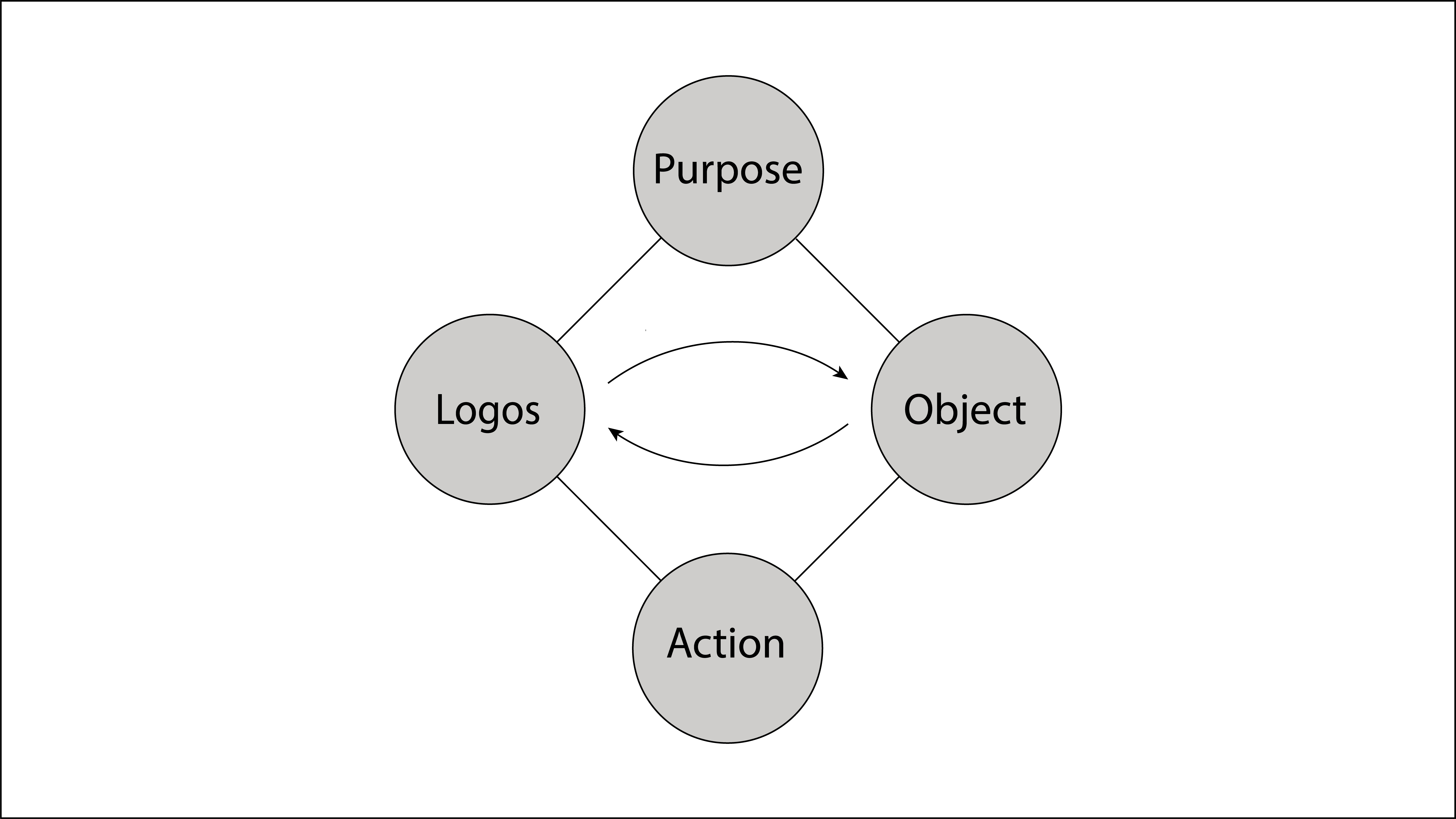
Fig. 10.12. Outer Developmental Four Position Foundation
This unity of thinking and practice has its origin in God. God first made plans or formed Logos, and then began to create all things and human beings. That is, God planned (formed Logos), and started creation. This is the “two-stage structure of creation.” Formal logic only deals with the forms and laws of thinking. From the viewpoint of Unification logic, formal logic is not incorrect, but it is incomplete. A unity of knowledge and action or the unity of theory and practice is necessary. Its theoretical foundation is the two-stage structure of creation.
3. The Two Stages in the Process of Thinking and the Formation of the Four Position Foundation
The Stage of Understanding and the Stage of Reason
In cognition, there are three stages: the sensory stage, the understanding stage, and the rational stage. This corresponds to the Unification Thought law of completion through three stages. Since the sensory stage is the entrance through which information comes in from the outside, it is only the formation stage of cognition; thinking is conducted in the growth stage of understanding, and in the completion stage of reason. In the understanding stage, thinking is affected by the information coming from the outside; in the rational stage, however, thinking is carried out freely.
Kant, also, speaks of three stages of cognition. The stage in which one receives the sense content coming from the outside through the forms of intuition is the sensory stage; the stage in which one thinks through the forms of thought is the stage of understanding, and that which unifies and arranges the knowledge acquired in the stage of understanding is the stage of reason. 13
In the case of Marxism, the stage in which the sense content is reflected on the brain is the sensory stage. Next is the logical stage, or the rational stage, in which judgment and inference take place. Beyond that there is the stage of practice in which truth is confirmed through practice. For Marxists, forms of thought are reflections of forms of existence in the external world.
In terms of cerebral physiology, as was explained in the chapter on epistemology, it is considered that the sensory stage of thinking takes place in the sensory centers; the understanding stage, in the parietal association area; and the rational stage, in the frontal association area.
In the understanding stage and also in the rational stage, a logical structure resembling the structure of the Original Image is formed. In the understanding stage, thinking is restricted by the sense content entering from the outside. This content, from the external world, and the prototype of the internal world, are collated, completing cognition up to that point. Here, an internal, completed (identity-maintaining) four position foundation is formed as the cognitive or logical structure. In the rational stage, thinking is free to develop on the basis of knowledge obtained in the understanding stage; here, a new conception, or a plan (a multiplied being), can be established. The structure at this point is the inner developmental four position foundation.
Figuratively speaking, the sensory center (sensibility) corresponds to the entrance of a house; the parietal association area (understanding) corresponds to the reception room; and the frontal association area (reason) corresponds to the living room or study room. When informed of the visit of a guest, the host receives the guest in the reception room. This can be compared to the sensory stage. Then, the host tries to understand what the guest says while meeting the guest face to face. At that time, the host is not in a position to think freely about just anything he chooses, because his thinking is shaped by his conversation with his guest. This can be compared to the understanding stage. But when the visit is over, the host can retire to a private room and think freely, referring back to what the guest has said. This can be compared to the rational stage.
The Development of Thinking in the Stage of Reason
In the stage of reason, how does thinking develop? Thinking is made through give and receive action. First, through give and receive action between the inner Sungsang and the inner Hyungsang, a first step logos, or plan (a multiplied being) is formed as the conclusion of the thinking. This sometimes concludes the process, but in most cases, it is necessary to form a second step logos (plan) based upon that conclusion. The logos formed at the first step has been stored in the inner Hyungsang as an idea or a concept and is mobilized as a datum for the next step of thinking, together with many other data (ideas, concepts, etc). In this way, the logos of the second step is formed, which is again stored in the inner Hyungsang to be mobilized in further thinking. Then the third step logos comes to be formed. Subsequently, thinking proceeds to fourth and fifth stages, etc. Thus, in many cases, even simple thinking does not end in the first stage but continues many times. This is the process of forming the four position foundation in the rational stage. It is called the development of thinking in a spiral form (see fig. 10.13).
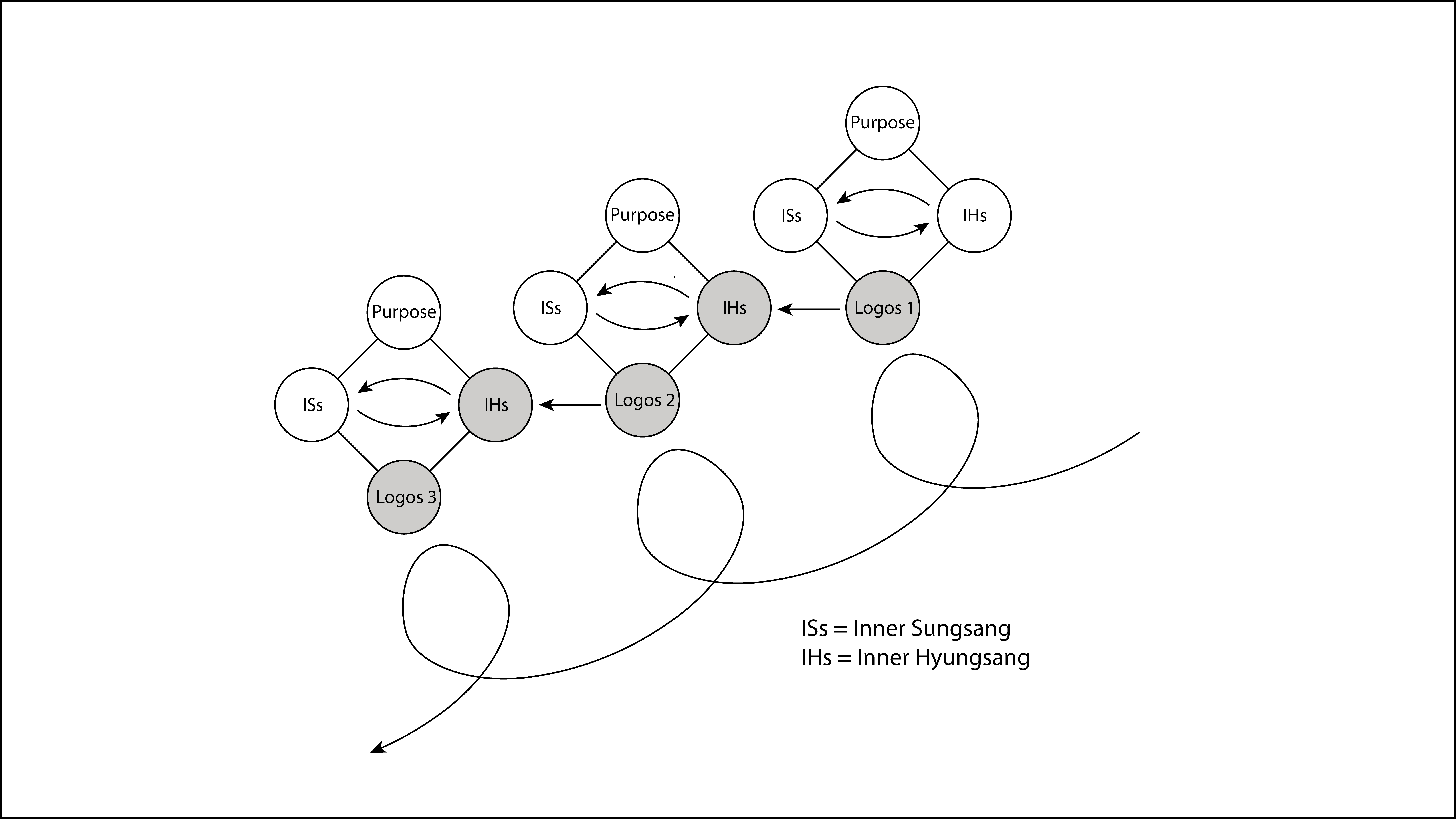
Fig. 10.13. The Development of Thinking in a Spiral Form in the Stage of Reason
Thus, thinking continues to develop infinitely in the rational stage, since it is a developmental four position process. However, in the development of thinking, a new step begins after the previous step is completed; thus, the development of thinking consists of the successive formations of completed four position foundations. Therefore, thinking develops by repeating these completed steps.
4. Basic Forms of Thought
Thinking (or cognition) at the stage of understanding takes place with the sense content and prototype entering into give and receive action centering on purpose. First, the purpose must be properly established. The correct purpose refers to the purpose of creation based on heart (love).
As explained in Unification epistemology, the protoimages and the images of relation formed in the protoconsciousness of cells and tissues are transferred to the subconsciousness within the lower center through the peripheral nerves, and they are integrated and stored there. These are a priori prototypes (original prototypes) with which human beings are born. The images of relation become forms of thought, which put certain restrictions on cognition and thinking.
The subconsciousness in the lower center has certain forms (images of form). Suppose, for example, that an individual has appendicitis. The lower center, which integrates protoconsciousness, knows in advance the information concerning the Sungsang and Hyungsang (functions and structure) peculiar to the appendix. Therefore, the lower center immediately perceives an abnormality. Thus, the lower center sends an appropriate instruction for the appendix to return to its original, normal condition.
When the movement of the stomach is too strong, it can cause convulsions, and when the movement is too weak, it can cause gastric ptosis; the lower center knows the information concerning the strength of the stomach movement. When the movement is too strong or too weak, the lower center adjusts the strength properly. This kind of information is related to yang and yin. The cell has a nucleus and cytoplasm; the nucleus controls the cytoplasm. The nucleus and cytoplasm are in the relationship of subject and object. The subconsciousness of the lower center has information concerning subject and object within the cell.
The subconsciousness also has the sense of time and space. Thus, when an infection occurs somewhere within the physical body, the subconsciousness sends white blood corpuscles to that location, and tries to cure it.
The subconsciousness also knows the relationship between finite and infinite. For example, red blood corpuscles die after they have lived for a certain period of time and new red blood corpuscles are created. In that way, new cells are continually being created within the body, and old cells die away. The subconsciousness is aware of this finitude. In the body, there are also cells and organs that exist and function while maintaining their durability, perpetuity, and cyclic nature. The subconsciousness knows about this infinity of cells and organs as well.
In this way, the subconsciousness of the lower center knows the forms of Sungsang and Hyungsang, yang and yin, subject and object, time and space, finitude and infinitude, etc. The images of these correlations reflected in the subconsciousness are the images of form, which are sent to the cerebral center and become the forms of thought in thinking.
The role that the forms of thought play in thinking can be explained by comparing it with a soccer game. In a soccer game, players run and kick the ball as they please; yet, they do it while following certain rules. Likewise, reason freely proceeds with thinking, but thinking is made with certain forms, which are under the influence of the images of form; in other words, thinking follows certain rules.
Forms of thought are otherwise called categories which are the highest generic concepts. In Unification Thought, categories are established on the basis of the principles of the four position foundation and give and receive action. This is because the four position foundation and give and receive action are the core principles of Unification Thought. First, ten basic categories are established, the meaning of which has been explained in the chapter on Epistemology.
In the past, many thinkers established various categories, and among those categories, there are many that are related to the categories of Unification Thought. For example, there is the category of essence and phenomenon, which corresponds to the Unification Thought category of Sungsang and Hyungsang.
Categories are divided into primary and secondary. The primary categories are the ten basic forms peculiar to Unification Thought. The secondary categories are developed on the basis of the primary categories. Among these, there are some that correspond to the categories of traditional philosophy. The following is a list of the primary and secondary categories. There is no particular limit to the number of secondary categories: here, only a few are mentioned.
Primary Categories
(1) Existence & Force
(3) Yang & Yin
(5) Position & Settlement
(7) Action & Effect
(9) Number & Principle
(2) Sungsang & Hyungsang
(4) Subject & Object
(6) Unchangeability & Changeability
(8) Time & Space
(10) Finitude & Infinity
Secondary Categories
(1) Quality & Quantity
(3) Essence & Phenomenon
(5) Whole & Individual
(7) Substance & Attribute
(2) Content & Form
(4) Cause & Effect
(6) Abstract & Concrete
Since Sungsang & Hyungsang, among the primary categories, resemble essence & phenomenon or content & form, why use such a new, uncommon term? Those concepts which constitute the fundamentals of Unification Thought are such concepts as four position foundation, Origin, Division, and Union Action, give and receive action, and so on. If these were to be taken away, it would mean that Unification Thought would lose its skeleton. Therefore, we can not but use these terms as categories of Unification Thought.
Categories and thought systems are closely related. It can be said that when one sees the categories of a thought system, one knows the thought system itself, and when one grasps a thought system, one knows its categories. Categories are the signboard of a thought system. Since Unification Thought is a new thought, it is natural to establish categories with new terms appropriate to this new thought. Marx’s thought has Marxist categories; Kant’s thought has Kantian categories; and Hegel’s thought has Hegelian categories. Likewise, Unification Thought must have Unification Thought categories, showing the characteristics of Unification Thought. These are the ten basic forms constituting its primary categories.
5. Basic Laws of Thought
In formal logic, the basic laws of thought are the law of identity, the law of contradiction, the law of excluded middle, and the law of sufficient reason. From the perspective of Unification Thought, there is an even more basic law, namely, the law of give and receive action. This law is not only the law of logic, but it also applies to all fields including politics, economics, society, science, history, art, religion, education, ethics, morality, speech, law, sports, business and natural sciences (physics, chemistry, physiology, astronomy, and so forth).
This law also applies to the entire created world; namely, the entire physical world (universe) and the whole spirit world. To be sure, it also applies to epistemology, which is closely related to logic. The reason why the give and receive law is so ubiquitously at work is that it is God’s law of creation, which derives from the give and receive action between God’s Original Sungsang and Original Hyungsang. God created all things in the likeness of His attributes; therefore, give and receive action in God becomes the law of the created world. The law of give and receive action is the most fundamental law, governing all other laws. In other words, the basis of physical laws, chemical laws, astronomic laws, etc. is the law of give and receive action. The laws and forms of traditional systems of logic, including formal logic, are also based, ultimately, on the law of give and receive action. Thus, the law of give and receive action is the basic law of thought. In order to show this, I will make some comparisons between a syllogism and the law of give and receive action.
Syllogism and the Law of Give and Receive Action
A syllogism is an inference in formal logic. In order to show that the law of give and receive action is the foundation of the forms and laws of formal logic, let us consider, for instance, the following syllogism:
Man is mortal.
Socrates is a man.
Therefore, Socrates is mortal.
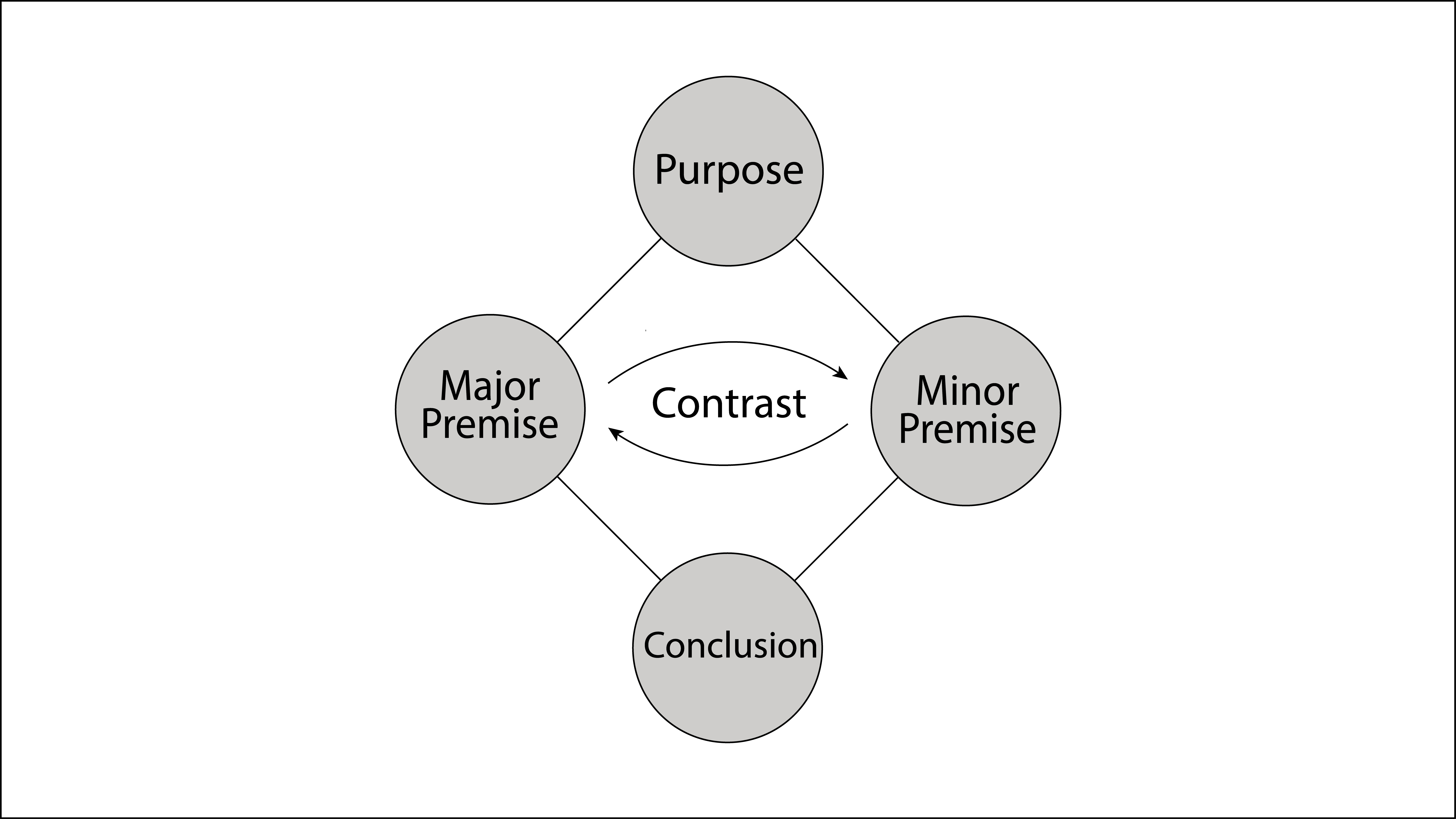
Fig. 10.14. Contrast-Typr Give and Receive Action between Proposition and Proposition
The conclusion is drawn as a result of the give and receive action between the major premise and the minor premise, centering on purpose; namely, the conclusion is drawn through the comparison of the two propositions: “Man is mortal” and “Socrates is a man” (see fig. 10.14). Furthermore, the proposition itself is established through the comparison of two concepts (subject and predicate) as shown in figure 10.15. The same thing can be said of the following example:
(a) One meter is 3.28 feet.
(b) The width of this desk is 2 meters.
(c) Therefore, the width of this desk is 6.56 feet.
In this case, the conclusion is obtained through a comparison of propositions (a) and (b).
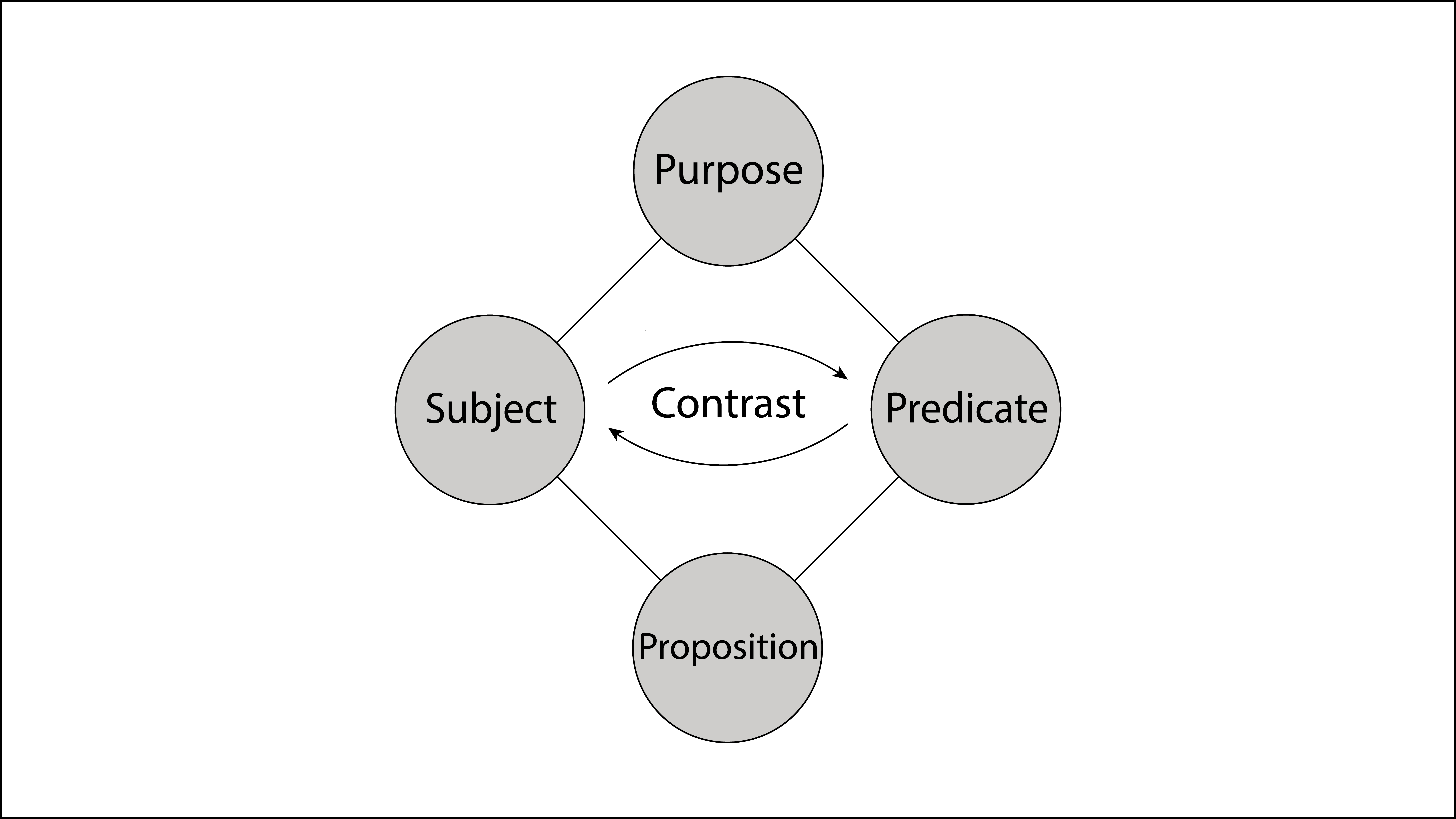
Fig. 10.15. Contrast-Type Give and Receive Action between Subject and Object
The Law of Identity and the Law of Give and Receive Action
The same thing can be said of the law of identity. Consider, for example, the proposition, “This flower is a rose.” This is a judgment in which “this flower” and “a rose” are compared in one’s mind and it is concluded that they are the same. Comparison is a contrast type of give and receive action. Thus, the law of identity is based on the law of give and receive action. The same thing can be said of the law of contradiction. In this way, the forms and laws of formal logic are all based on the law of give and receive action.
Thinking and Freedom
Logic emphasizes the forms and laws of thinking. Then, one may think, “Are we restricted by laws and forms in our thinking?” or “I wish I could think freely without any restriction.” In fact, however, forms and laws in thinking give us freedom in thinking. Thinking without laws and forms will break down. It is the same thing as a train unable to move without rails. Only when both our mind and body are in accordance with laws, can they work normally.
All the physiological functions of our body work in accordance with natural law: respiration, digestion, blood circulation, and transmission of information in the nerves are all under certain physiological laws. If physiological functions deviate from natural laws, our body will become ill right away. The same thing can be said of our thinking. Consider, for example, the law of identity, “A is A.” If we do not use the logical term “is,” we can not understand the meaning: If someone says “This flower, a rose” instead of “This flower is a rose,” it is not completely clear what he or she means.
The same thing can be said concerning form. Consider, for example, a universal affirmative judgment (Every S is P): “Every human being is an animal.” If we take away the form that “every S is P,” and we just say “human being, animal,” our listeners will not understand our meaning, and as time goes by, we will forget the meaning of what we say.
In this way, thinking necessarily follows certain forms and laws. There can not be thinking that is completely “free,” unrestricted by any law or form. Freedom of thinking is the freedom to choose any one from among various concepts. Thus, while following laws and forms, thinking has the “freedom of choice.”
When people think about love, for example, they have the common purpose or common direction of the actualization of love. In their specific thinking, however, purposes and directions are different from person to person. It is because each person has the freedom of choice; therefore, he or she freely determines his or her specific purpose or direction. Then, how is thinking made freely? Freedom in thinking is the spiritual apperception to freely synthesize or associate ideas and concepts within the inner Hyungsang. It is the freedom of planning, which is based on the freedom of reason.